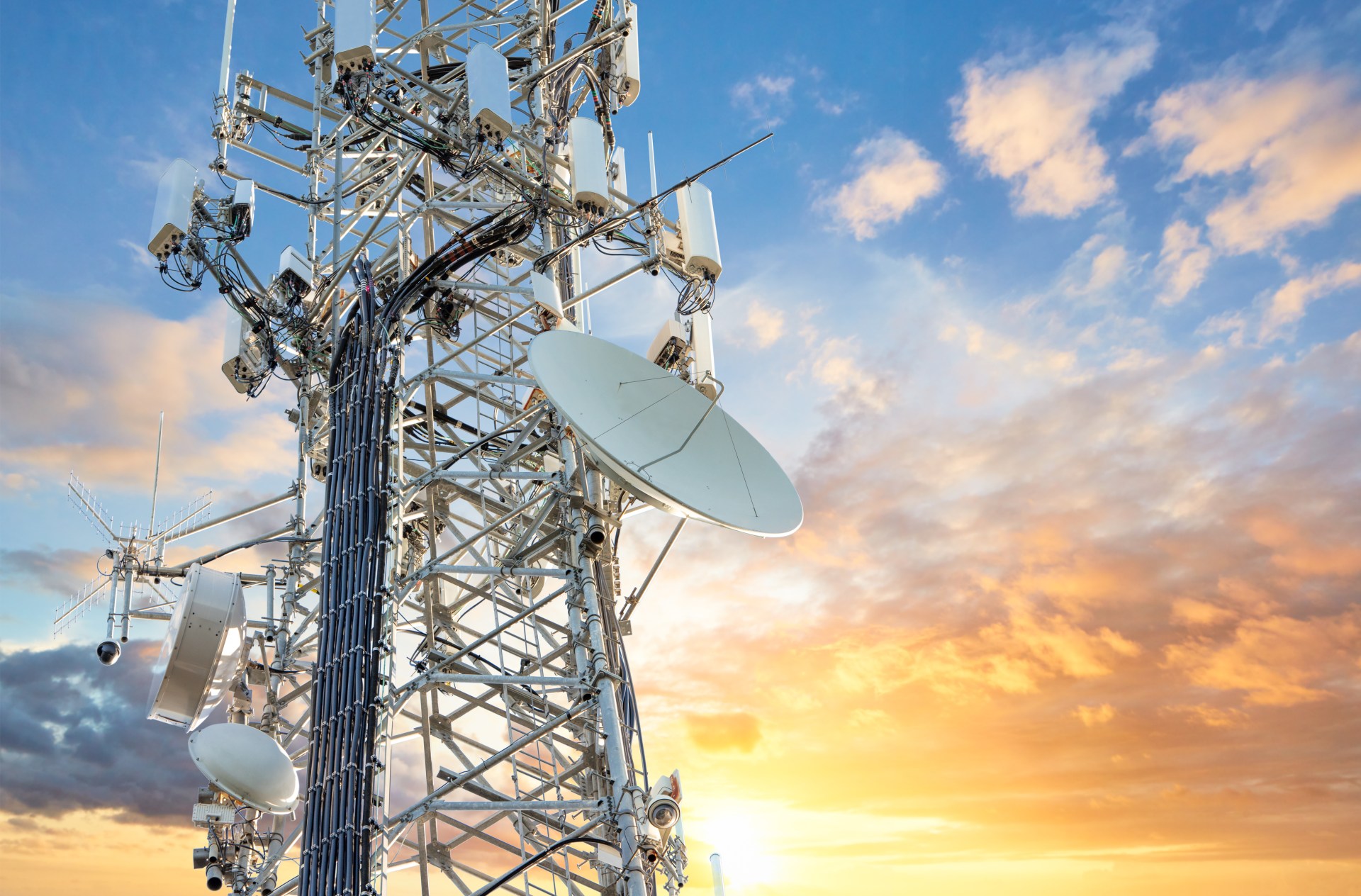
It’s still early days but it’s looking very much as though 5G could be a huge leap forward for IT. In particular, 5G has the potential to make a significant difference to both edge computing and mobile computing. With that in mind, here is a quick guide to what you need to know about running a 5G edge data center.
Fifth-generation wireless (5G) has been in real-world use since 2019. As with most new technologies, however, it has taken a few years for 5G to gain real traction. The headline benefit of 5G is that it promises speeds up to 100 times faster than 4G. It also offers lower latency (under 5 milliseconds versus 60 ms to 98 ms with 4G).
In addition to being faster, 5G is also considered to be more reliable than 4G. This is expected to be crucial to its adoption by businesses. Proponents of the switch to 5G believe that it can pave the way for new deployment models and services. It will therefore create a new experience for businesses and their customers.
Edge data centers are small-scale data centers placed at the edge of a network rather than at its core. They interface with multiple edge devices. The obvious benefit of this is that edge data centers offer much more processing power than edge devices alone. Another benefit is that using an edge data center can help to simplify the management process.
It’s also worth noting that edge data centers can and often do also interface with regular centralized clouds. Connecting edge data centers with centralized clouds means that businesses are not limited just to edge data processing. They can choose which type of processing works best in which situation.
Edge data centers are definitely not the one-size-fits-all solution to all network issues. Used appropriately, however, they can deliver meaningful benefits. Here are the main ones.
Quite simply, the shorter the distance that data has to travel, the less opportunity there is for something to go wrong along the way. What’s more, if there is an issue, the impact of it will be localized. This could make it easier to resolve and/or to work around until a solution is found.
It’s also worth noting that distributing resources creates more of a challenge for cyberattackers. It means that they can no longer just focus their efforts on a single location. Instead, they have to find a specific target within a wider network.
In the case of DDoS attacks, using edge computing means that cyberattackers are less likely to be able to bring down a whole network. They may bring down a part of it or slow down all of it. Either way, the impact on the business is lower.
Keeping data processing local improves efficiency in two ways. Firstly, it improves the speed at which data can be processed. Again, this is due to the fact that the data has less distance to travel. Secondly, it reduces the burden on the network as a whole. This frees up resources for data that does need to be transported longer distances.
From a user’s perspective, edge data centers deliver the services they want more quickly and effectively than centralized data centers. From a management perspective, managing an edge data center is a relatively simple way of controlling a range of edge devices.
Quite simply, a 5G edge data center is a data center built to support the deployment and operation of 5G networks. These have very stringent requirements. In particular, they need high-speed networking capabilities, low latency, high availability, and high levels of security and reliability. They must integrate with existing network infrastructure and also be able to scale and adapt to changing network requirements.
This means that 5G edge data centers typically need to leverage a variety of technologies and solutions. These key ones include high-speed networking technologies such as Ethernet and InfiniBand, advanced virtualization technologies, and high-performance computing platforms.
They may also use software-defined networking (SDN) and network functions virtualization (NFV) technologies. These technologies facilitate the management and automation of network operations. They are often required to support the deployment of new 5G services and applications.
At the moment, the benefits of a 5G edge data center are essentially the same as for any other type of edge data center, just on a larger scale. In other words, 5G edge data centers are particularly suitable for high-bandwidth and low-latency applications. Over time, however, it’s expected that the use cases for 5G edge data centers will increase.


Discover the DataBank Difference today:
Hybrid infrastructure solutions with boundless edge reach and a human touch.